Category: Occult Traditions
The following legend of ‘The Wise Woman Of Littondale’ appeared in ‘The Table Book’ (1827) by William Hone (Born 3 June 1780 – Died 8 November 1842) and partially reprinted in ‘Yorkshire Legends and Traditions’ by Rev Thomas Parkinson (1888).
A Druid Priest tells the story of living her spirituality in the modern world, based on the popular blog. What do people think of when they hear the word ‘Druidry?’ The realquestions, not the ‘old men in white robes’ stereotypes. What makes a Druid? What do they do?
In December 2011 a 17th century cottage complete with an entombed mummified cat was unearthed in Barley, near Pendle Hill, an area which is of course famous for the Pendle Witches.
Black Meg was a man-eating ogress who lived in a cave on the wild and lonely expanse of Ancaster Heath. She terrorised the countryside for miles around, devouring anyone she came across. Her foul, evil spells made the land barren and she used her long iron claws to maul and kill livestock.
In Chelmsford, 1582, fourteen women from St Osyth were put on trial. The charge was witchcraft. Ten of those women faced charges of ‘bewitching to death’. Seperate skeletons found in St Osyth during 1921 were thought to belong to two of these women, executed as witches.
Salem Village (now Danvers) was settled by European farmers from nearby Salem Town in the 1630’s becoming a separate parish in 1672. The Parsonage dated from 1681, and from 1689 when the covenant church was established it was the home of English born Rev Samuel Parris (born 1653 – died 27 February 1720), his family and household slaves.
Sedgley Beacon lies some 237 metres (777 feet) above sea level in the heart of the West Midlands. It is said that the top of Beacon Hill is the highest point between Sedgley and the Ural Mountains in Russia. Commanding views were once enjoyed right across the industrial Black Country and beyond to the Clee and Malvern hills and the mountains of Wales.
According to tradition, whilst St Patrick was converting the Irish pagans to Christianity in the 5th century, he had a vision whilst in a cave on Saints Island, just off the shore of Lough Derg.
In his editorial David J. Wingfield expressed his hopes that ‘The Initiate’ would become a forum to discuss the nature of tradition in a quasi-academic context. Well I think he is on the right path and I certainly found all the articles to be both fascinating and thought provoking.
Julius Evola was a renowned Dadaist artist, Idealist philosopher, critic of politics and Fascism, ‘mystic,’ anti-modernist, and scholar of world religions.

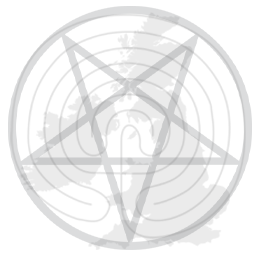
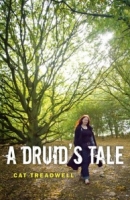

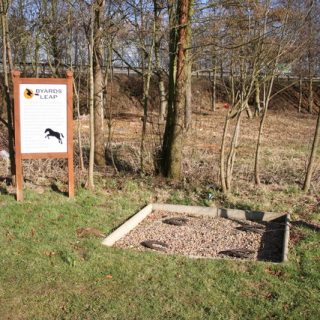
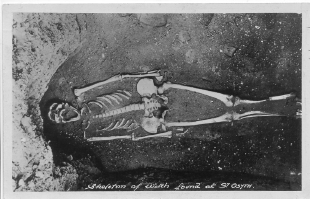
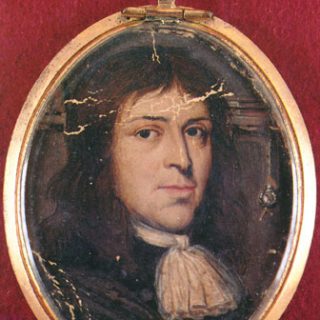
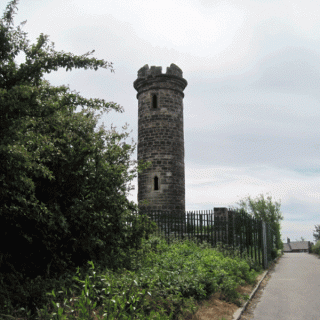
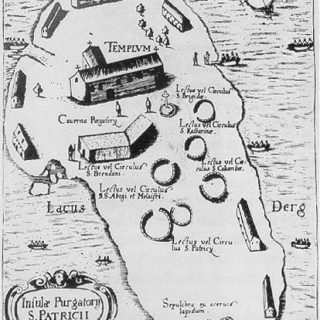
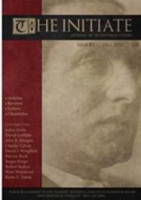
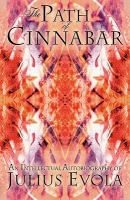
Recent Comments